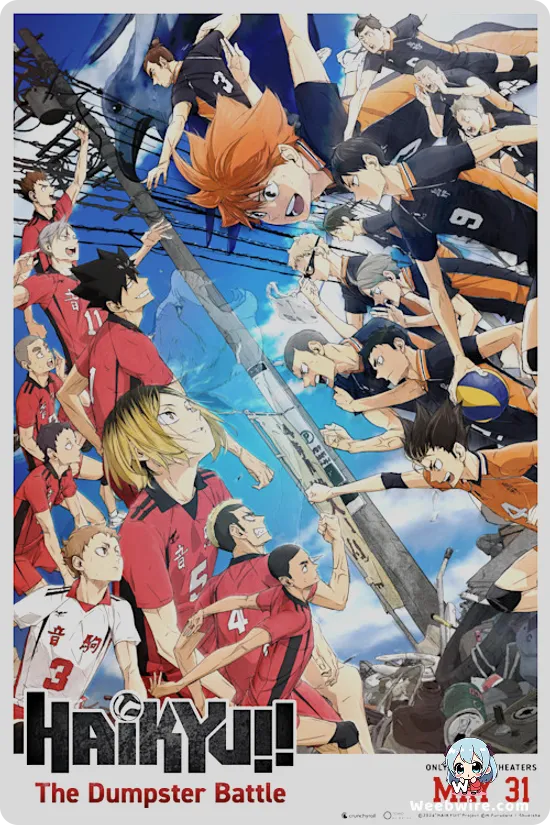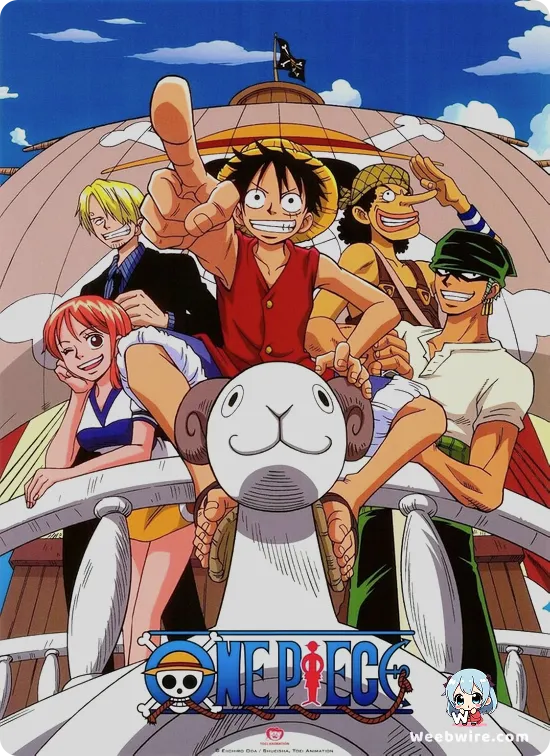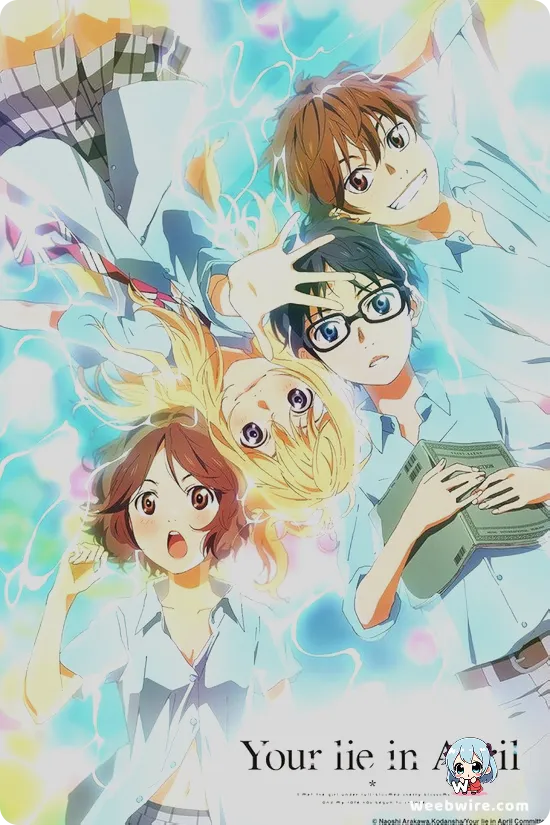Joshiraku's Enduring Legacy: How a Cult Anime Mastered Meta-Comedy and Cultural Satire

First appearing on screens in the summer of 2012, J.C.STAFF’s anime adaptation of Koji Kumeta and Yasu’s distinctive manga, Joshiraku, introduced audiences to an extraordinary world of meta-comedy. Far from a typical slice-of-life series centered on rakugo performers, it quickly established itself as a masterclass in breaking the fourth wall, satirizing anime conventions, and delivering rapid-fire cultural commentary. For those yet to discover its brilliance or curious about its enduring cult status, Joshiraku remains a treasure trove of captivating and often profound details.
The Clever Title and Its Subversion
The title Joshiraku itself is a clever linguistic play, combining ‘joshi’ (girls) with ‘rakugo,’ subtly suggesting a show focused on female rakugo artists. However, its most surprising aspect is its deliberate subversion: actual rakugo performances are remarkably rare. Instead, the five main characters—Marii Buratei, Kigurumi Haroukitei, Tetora Bouhatei, Gankyou Kuurubiyuutei, and Kukuru Anrakutei—spend the vast majority of their time backstage. Here, they engage in hilariously absurd and often philosophical discussions, their conversations ranging from the mundane to the deeply existential, frequently veering into surreal tangents and self-referential jokes. This constant challenge to viewer expectations is a cornerstone of the show’s comedic genius.
A Masterclass in Meta-Commentary
A defining feature, and key to its niche appeal, is its relentless meta-commentary, a hallmark of Koji Kumeta, celebrated for Sayonara, Zetsubou-sensei. Joshiraku is infused with Kumeta’s signature cynical humor, sharp social critique, and a fearless approach to breaking the fourth wall. Characters openly acknowledge their existence as anime figures, discuss the production process, and even playfully critique animation studios, including their own, J.C.STAFF. This self-awareness is not merely a gimmick; it is integral, allowing the series to brilliantly satirize the very medium it inhabits. Episodes often feature lively debates on common anime clichés, character archetypes, or the financial realities of the industry, all delivered with a deadpan wit that makes the commentary both incisive and genuinely funny. It is a series that truly rewards an audience familiar with anime conventions.

Distinctive Characters and Cultural Depth
Yasu’s character designs, deceptively cute, offer a stark contrast to the often dark or nonsensical humor. Each girl, despite her adorable appearance, embodies a distinct and often exaggerated personality for comedic effect. Marii is the energetic tsukkomi, Kigurumi the shy girl, Tetora the airheaded optimist, Gankyou the cool intellectual with a hidden otaku side, and Kukuru the melancholic, morbid character. Their names, too, are subtle puns, adding another layer of Kumeta’s characteristic wordplay.
The series is also dense with Japanese cultural references, current events from 2012, and obscure trivia. Joshiraku rewards repeat viewings and a deep understanding of Japanese society, with jokes often relying on knowledge of specific celebrities, political figures, or popular trends. While this can challenge international audiences, it provides a captivating snapshot of Japan at the time. Director Tsutomu Mizushima, known for works like Girls und Panzer and Shirobako, masterfully translates Kumeta’s intricate dialogue and rapid-fire exchanges, using quick cuts and dynamic visual gags to maintain a brisk, engaging pace.
J.C.STAFF's Adaptation Prowess
J.C.STAFF, known for its diverse portfolio, showcased its ability to adapt this visually simple yet conceptually complex work. The animation, while not flashy, perfectly serves the comedic timing, employing exaggerated expressions and simplified models for punchlines. The studio successfully brought Kumeta’s distinctive character expressions and Yasu’s clean art style to life.
Ultimately, Joshiraku transcends simple comedy; it is an intellectual exploration disguised as lighthearted anime. It challenges viewers to contemplate storytelling, the role of creators, and the conventions of the medium. Its lasting legacy rests not on plot, but on its extraordinarily clever writing, unforgettable characters, and fearless embrace of meta-humor. For those seeking an anime that is genuinely distinctive, thought-provoking, and laugh-out-loud funny, Joshiraku remains a cult classic, delighting with its truly unconventional charm.
Credits
Joshiraku
Author
Koji Kumeta
Cover Art
Yasu
Studio
J.C.STAFF
Publisher
Kodansha
Producers





